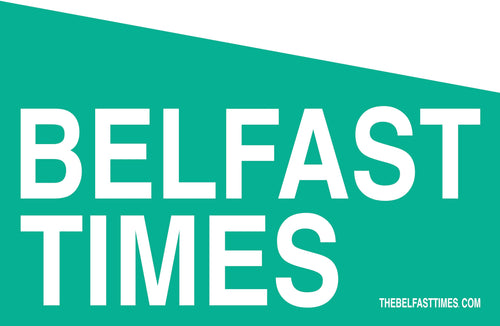It has been said that breakfast is the most important meal of the day, and when we think of a healthy way to start our day, many of us imagine a healthy cereal, maybe topped with fruit, some wholemeal toast and a glass of juice to help us reach our five-a-day target.
If this sounds like your morning routine, then you may be shocked to hear that you are starting your day with a massive sugar hit.
A small bowl of bran flakes with 125ml milk, one slice of wholemeal toast and a 200ml glass of apple juice adds up to a whopping 16 teaspoonfuls of sugar.
A better breakfast
Most of us fumble out of bed feeling a little bit bleary eyed and dish up the same old breakfast every morning. When I am helping people to rebalance their nutrition, they are often surprised when I ask them to stop eating muesli, wholemeal toast and fruit for breakfast.
Starting your day with a breakfast like this is likely to leave your energy flagging and your appetite soaring by mid-morning tea-break time.
To strike a healthier balance, that will leave you feeling more energised and sustained throughout your morning, we need to switch the focus from a carb-heavy breakfast to one that includes adequate protein and some heathy fats too.
Adding a palm-sized portion of protein and a healthy portion of good fats to breakfast will help you to feel fuller for longer, regulate blood-sugar balance and regulate your appetite.
When we eat cereal and toast for breakfast, this high carbohydrate start to the day is likely to spike our blood-sugar levels, causing a cascade of insulin being released into our bloodstream. The result? Crashing energy levels, soaring hunger and weight gain.
Here are my top five choices for a healthier breakfast:
- Natural or Greek yoghurt (not the flavoured stuff though as it tends to be packed with sugar or artificial sweeteners) with low-sugar fruit like some blueberries, raspberries or blackberries and one or two tablespoonfuls of nuts and seeds. Frozen berries are great as they are economical and very nutritious.
- Omelette – whisk up a couple of eggs, add some spinach and mushrooms, a little touch of sea salt and some black pepper.
- Low sugar granola (50g) with yoghurt, berries and one tablespoonful of flaxseed. Just make sure the label says ‘low sugar’, and don’t be tempted by confusing claims like ‘no added sugar’, or ‘reduced sugar’, which can still have a high sugar content thanks to dried fruit, honey or other sources of sugar that have the same effect as sugar on our body.
- Nutty porridge – make this with jumbo oats as they are lower GI (so less spikey for your blood sugar and insulin levels ) and top with a great big handful of crunchy nuts like walnuts, hazelnuts or almonds and some grated apple or chopped pear.
- Avocado with poached egg on one slice of sourdough toast. Serve with red peppers and sundried tomatoes for an extra little nutritional hit. Sourdough is lower GI than most other types of bread, but stick to just one slice.
Time for breakfast
When you eat us just as important as what you eat. If you are not particularly peckish first thing, then try having breakfast a little bit later. There is now very good evidence to show that an extended fasting period (between 12-14 hours) has lots of health benefits for us.
For some people this means having a later breakfast, or earlier dinner (without the sofa snacks at suppertime). Experiment with this a little and see what suits you. Maybe have breakfast at around 9am if your daily routine allows. Notice how you feel when you eat like this.
This blog post first appeared as my column in The Irish News on Saturday 14 November 2020.
Jane McClenaghan
Vital Nutrition


